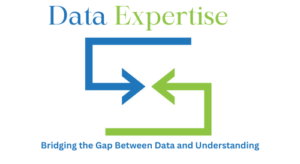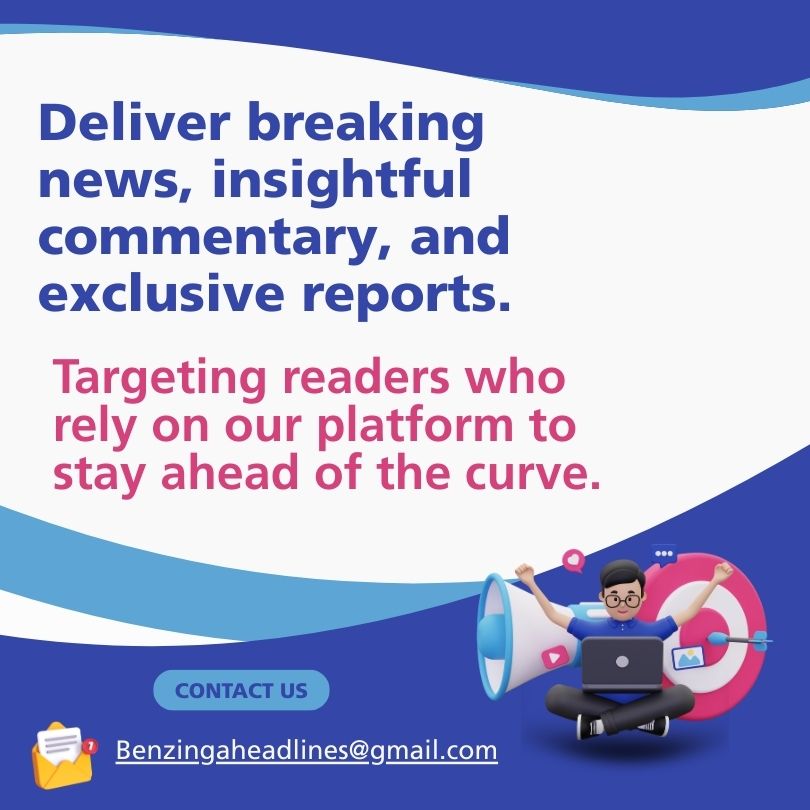In the digital era, data is abundant but understanding what it conveys is a real challenge. This is where Interactive Data Visualization comes into play, acting as a bridge between raw data and its narrative potential. Through engaging visuals, it allows for a more intuitive comprehension, making data accessible to all, regardless of their technical prowess.
The Essence of Interactive Data Visualization
Incorporating a sense of interactivity, IDV transcends the barriers of conventional data representation by fostering a two-way conversation between the data and the user. Unlike passive charts, Interactive Data Visualization invites users to delve deeper, to question and explore. This active engagement facilitates a more profound understanding and retention of the data’s narrative. It’s not just about viewing data; it’s about experiencing it. Through filters, zooms, and hover effects, every interaction unveils a new layer, a new perspective, making the exploration of data a journey rather than a mere glance. Interactive Data Visualization (IDV) transcends static graphs by introducing a dynamic element. Here’s what sets it apart:

- Engagement: By inviting users to interact, it keeps them engaged, making data exploration an intriguing endeavor.
- Clarity: Complex data sets are distilled into comprehensible visuals, demystifying the stories they hold.
- Insightfulness: By permitting real-time interaction, IDV facilitates a deeper insight into the data.
The Tools of the Trade
There’s a realm of tools at one’s disposal when it comes to crafting interactive visualizations. These tools come with a range of features catering to different levels of expertise and specific needs. Here’s an extended list along with the aforementioned:

- Tableau: A user-friendly tool that doesn’t skimp on depth, known for its robust visualization capabilities and ease of use, making it a favorite among professionals across various industries.
- Power BI: Microsoft’s robust offering that integrates seamlessly with its existing suite of products. It’s an excellent choice for organizations already invested in the Microsoft ecosystem, providing a cohesive experience.
- D3.js: For those with a knack for coding, D3.js, a JavaScript library, offers a playground for creating highly customizable and dynamic visualizations from the ground up.
- QlikView/Qlik Sense: Qlik’s associative model allows data visualization from multiple sources, promoting in-depth analytics. Its self-service feature for personal report generation makes it a stand-out tool for non-technical users.
- Google Data Studio: A free tool by Google that provides basic data visualization capabilities coupled with easy integration with various Google services. It’s a solid choice for small to medium-sized enterprises.
- Looker: A data exploration tool that defines itself by a unique modeling language. It provides powerful data exploration capabilities with a robust set of options for custom visualizations.
- Sisense: Known for its ability to handle big data and complex datasets, Sisense offers an end-to-end solution for preparing, analyzing, and visualizing big data.
Each of these tools has its unique set of features and capabilities. Your choice would largely depend on the specific needs of your project, the size and complexity of your data, and the level of expertise of the users. Whether you are a business analyst looking for out-of-the-box solutions or a developer seeking to build customized visualizations, the tooling landscape for Interactive Data Visualization has something to offer for everyone.
Practical Applications
Interactive Data Visualization finds its application across various domains:
- Healthcare: Mapping the spread of diseases, analyzing patient data for better outcomes.
- Finance: Tracking market trends, visualizing complex financial models.
- Education: Enhancing learning through interactive educational materials.
Benefits of Bringing Data to Life
Moreover, Interactive Data Visualization fosters a culture of curiosity and continuous learning. It encourages individuals to explore data, enhancing data literacy and cultivating a data-driven ethos within an organization. Through IDV, data analysis becomes less daunting and more engaging, leading to informed decisions. The perks of employing IDV are manifold:
- Informed Decision-Making: It empowers stakeholders with the information necessary for insightful decisions.
- Enhanced Communication: Visuals transcend linguistic barriers, fostering a clearer understanding amongst diverse groups.
- Promotion of Data Literacy: Encouraging a culture where data is not feared but embraced.
Enhancing Your IDV Experience
A few tips to elevate your IDV endeavors:

- Utilize Color Wisely: Color can either clarify or confuse. Choose palettes that enhance understanding.
- Keep it Simple: Don’t overwhelm your audience with overly complex visualizations.
- Educate Your Audience: Provide guidance on how to interact with the visualization to extract the intended insights.
Conclusion
Interactive Data Visualization is more than just aesthetically pleasing graphs; it’s about unveiling the narratives buried within data. By engaging with data interactively, we not only understand its tale but become a part of the storytelling process itself.




